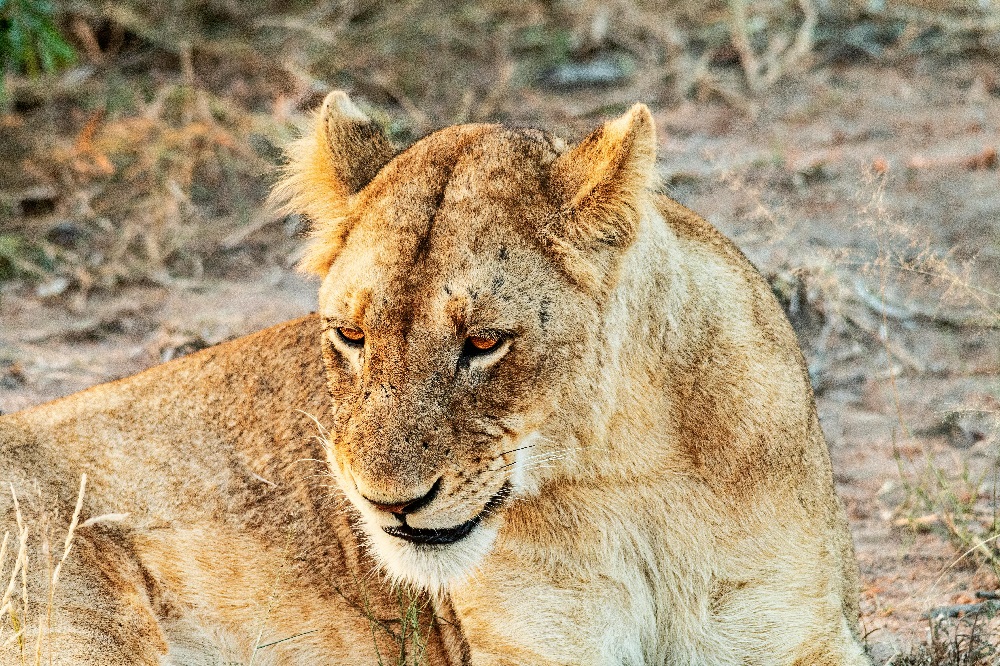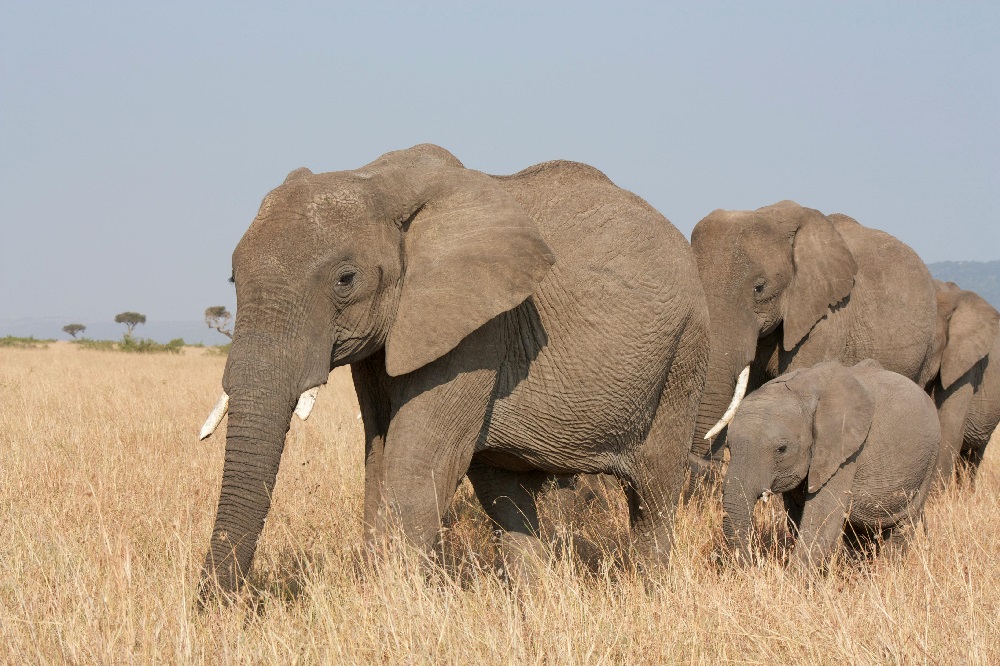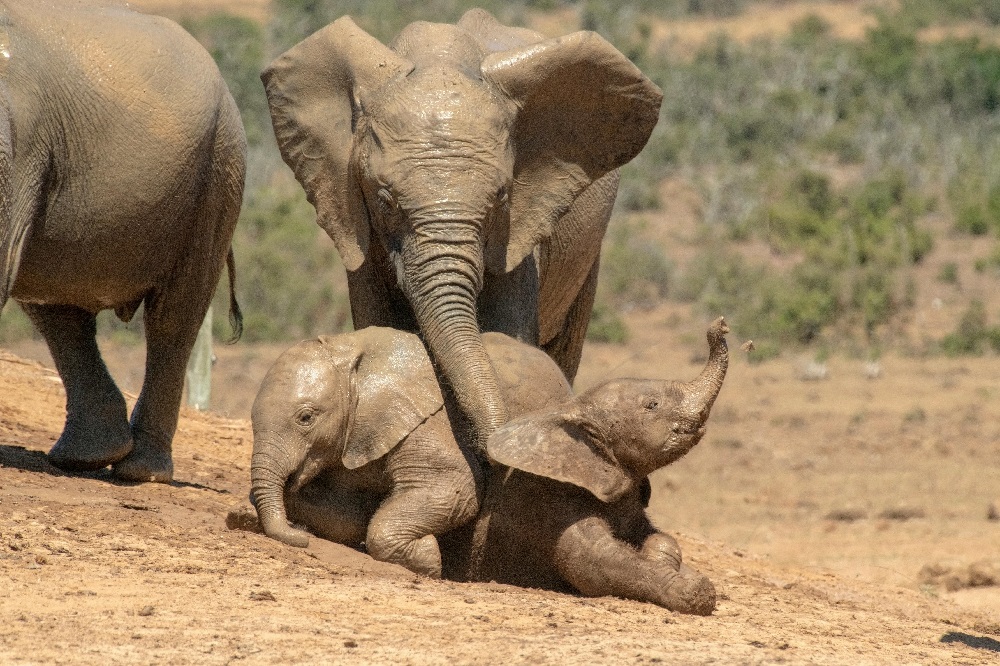Tanzania is often considered a mid- to high-cost travel destination, especially when it comes to its renowned safari experiences. The country’s tourism model prioritizes conservation through relatively high park entry fees, which directly support wildlife protection and habitat preservation. For example, a day in the Serengeti can cost over $70 per person just in park fees, and multi-day safaris can quickly add up when accommodation, transport, and guiding services are included. Mid-range safaris typically range from $350 to $600 per person per day, while luxury options can exceed $1,000 per person per day. Outside of safari regions, travel can be more affordable, especially in local guesthouses or budget hotels in cities and rural towns. Meals in local restaurants are inexpensive, and public transportation is reasonably priced, but long distances between major attractions can increase overall costs. While Tanzania is not a low-budget destination for safari, many travelers find the cost justified by the country’s extraordinary wildlife encounters, pristine landscapes, and cultural richness. Careful planning, such as traveling in the shoulder season, joining group tours, or combining budget and mid-range lodges, can make the experience more affordable without compromising on quality.

Which Country Is Best for African Safari?
Determining the best country for an African safari depends largely on a traveler’s priorities, but Tanzania stands out for its diversity and abundance of wildlife. The Serengeti National Park, Ngorongoro Crater, Tarangire National Park, and Selous Game Reserve (now Nyerere National Park) together offer an unmatched variety of ecosystems and species. Tanzania is also home to the Great Migration, one of the most extraordinary wildlife events in the world, where millions of wildebeest, zebras, and gazelles move across the plains in search of fresh grazing. Kenya, Botswana, and
contenders. Kenya shares the migration with the Masai Mara, Botswana is famed for its pristine and exclusive Okavango Delta safaris, and South Africa offers accessible, malaria-free game reserves with excellent infrastructure. Tanzania’s appeal lies in its vast and relatively uncrowded parks, its year-round wildlife viewing, and the opportunity to combine safari with other iconic destinations such as Mount Kilimanjaro and the spice island of Zanzibar. For travelers seeking an immersive, large-scale safari experience, Tanzania often emerges as the top choice.
How Many Days in Tanzania Is Enough?
The ideal length of stay in Tanzania depends on the traveler’s goals, but a minimum of seven to ten days is generally recommended for a fulfilling safari and cultural experience. This timeframe allows visitors to explore multiple parks without rushing, for example spending three nights in the Serengeti, two in the Ngorongoro Crater area, and two in Tarangire or Lake Manyara. Those with more time can extend their journey to include the southern parks, such as Ruaha or Nyerere, or coastal destinations like Zanzibar for post-safari relaxation. A two-week itinerary provides enough time for in-depth exploration, more leisurely game drives, and opportunities to witness seasonal wildlife events such as the Great Migration’s river crossings or the calving season. Shorter stays of three to five days can be rewarding if focused on one or two parks, but they may not provide the same variety of experiences. Longer visits also help travelers adjust to the slower pace of safari life and fully appreciate Tanzania’s vast landscapes and rich biodiversity.

What Are the Big 5 in Africa?
The Big Five—lion, leopard, elephant, buffalo, and rhinoceros—were originally named by big-game hunters as the most challenging and dangerous animals to hunt on foot. Today, they are celebrated as must-see wildlife icons for safari-goers. Tanzania is one of the few countries where all five species can be spotted in their natural habitat. Lions are abundant in the Serengeti and Ngorongoro Crater, leopards favor the wooded areas and riverine forests, and large herds of elephants roam Tarangire National Park. Buffalo are common throughout the country’s parks, and while rhinos are more elusive, they can often be found in the Ngorongoro Crater and select areas of the Serengeti under strict protection. Seeing the Big Five on a single trip is a highlight for many visitors, but Tanzania offers far more than these five species, with over 400 mammal species and countless bird species adding to the richness of the safari experience.
How Far Is Zanzibar from Mainland Tanzania?
Zanzibar lies about 25 to 30 kilometers off the coast of mainland Tanzania, separated by the warm waters of the
. The island is easily accessible by air and sea. Direct flights from Dar es Salaam take about 20 minutes, while ferries from Dar es Salaam to Stone Town typically take around two hours. Many travelers combine a mainland safari with a Zanzibar beach holiday, taking advantage of the island’s stunning beaches, Indian Ocean turquoise waters, and rich cultural heritage. The proximity between the two makes it possible to transition from a morning game drive in the bush to an afternoon swim in the ocean on the same day. Zanzibar’s accessibility also allows for flexibility—travelers can choose to spend just a few days unwinding after a safari or dedicate a longer stay to explore the island’s spice plantations, historical sites, and surrounding smaller islands.

What Time of Year Is the Great Migration in Tanzania?
The Great Migration in Tanzania is a year-round event, but different stages occur in different locations. From December to March, the herds gather in the southern Serengeti for the calving season, when thousands of wildebeest are born within a short period, attracting predators. In April and May, the herds move northwest during the green season, when the plains are lush but less crowded with tourists. By June and July, they head toward the western corridor and Grumeti River, often encountering crocodiles during crossings. From August to October, the herds are typically in the northern Serengeti, where they face the dramatic Mara River crossings. By November, they begin moving south again as the short rains start. Each stage offers unique wildlife experiences, making it possible to witness the migration at different times of the year, depending on where in the Serengeti you visit.
What Is the Rainy Season in Tanzania?
Tanzania experiences two main rainy seasons. The long rains occur from March to May, bringing heavier and more prolonged downpours, particularly in coastal areas and the highlands. The short rains take place from late October to December, with lighter and less predictable showers. While the wet seasons are considered low tourism periods for safaris, they have their advantages. The landscapes become lush and green, birdlife is abundant, and there are fewer tourists, leading to quieter sightings and lower accommodation rates. However, some roads in remote areas can become difficult to navigate, and certain camps may close due to flooding. The shoulder months before and after the rains can be excellent times to visit, offering a balance between good wildlife viewing and reduced costs.

Is Tanzania or South Africa Better for Safari?
Both Tanzania and South Africa offer exceptional safari experiences, but they cater to different preferences. Tanzania is renowned for its vast, open wilderness areas, the Great Migration, and iconic parks such as the Serengeti and Ngorongoro Crater. Safaris here tend to be more traditional and immersive, with fewer crowds and a focus on large, unfenced ecosystems. South Africa, on the other hand, offers a wide variety of safari options, including malaria-free reserves, luxury private lodges, and the self-drive-friendly Kruger National Park. It is more accessible for shorter trips and often has a broader range of budget options. For travelers seeking dramatic landscapes, large-scale wildlife movements, and a sense of adventure, Tanzania is often the preferred choice. For those wanting flexibility, high comfort levels, and ease of access, South Africa might be more appealing.
How Much Is a 2-Week Safari in Tanzania?
A two-week safari in Tanzania can range from $5,000 per person for budget group tours to over $15,000 for luxury, tailor-made itineraries. Budget options often include camping or basic lodges, shared vehicles, and set itineraries. Mid-range safaris, which are the most popular choice, may cost between $7,000 and $10,000 per person, offering comfortable lodges or tented camps, smaller group sizes, and knowledgeable guides. Luxury safaris with high-end accommodations, private vehicles, and fly-in transfers can exceed $12,000 per person. Costs depend on the number of parks visited, the season, and the level of accommodation. High season, from June to October, typically sees the highest prices due to peak wildlife viewing opportunities.

What’s the Best Time to Visit Serengeti?
The best time to visit the Serengeti depends on the desired experience. For the Great Migration’s calving season, January and February are ideal in the southern Serengeti, offering incredible predator action and lush green landscapes. June and July are prime for the western corridor and Grumeti River crossings, while August to October is the peak for the Mara River crossings in the north. Outside of migration events, the dry season from June to October provides excellent general wildlife viewing as animals gather around water sources. The wet season from November to May brings fewer tourists, vibrant scenery, and exceptional birdwatching, though some areas may be harder to access.
Are Safaris Better in Kenya or Tanzania?
Kenya and Tanzania both offer world-class safaris, with the main differences lying in scale and experience. Tanzania’s parks are larger, offering a greater sense of space and solitude, while Kenya’s parks are more accessible and often less expensive. The Masai Mara is famous for high predator densities and is excellent during the migration months of July to September, while the Serengeti offers migration viewing over a longer period and in various locations. Many travelers choose to combine the two, taking advantage of each country’s strengths. Tanzania is often favored for longer, more immersive safaris, while Kenya appeals to those with limited time who still want outstanding wildlife encounters.

How Long to Spend on Safari in Tanzania?
The length of time to spend on safari in Tanzania depends on budget, available time, and desired experiences. For a well-rounded safari, seven to ten days is ideal, allowing visits to multiple parks and varied ecosystems. A shorter safari of three to five days can focus on key highlights, such as the Serengeti and Ngorongoro Crater, while longer trips of two weeks or more can include lesser-visited southern and western parks. More time also allows for a relaxed pace, full-day game drives, and the flexibility to spend extra time in areas with exceptional sightings. Longer safaris increase the chances of witnessing rare behaviors, seasonal events, and a greater diversity of wildlife.




